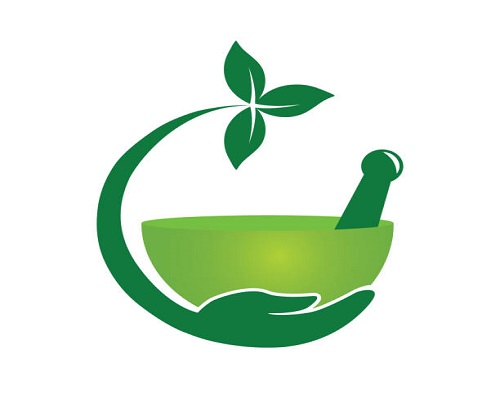In Ayurveda, herbs and spices are not merely flavour enhancers but are seen as potent sources of healing energy. Let us delve deeper into the role of herbs and spices in Ayurveda and explore how they can contribute to our overall well-being.

Ayurveda, an ancient holistic system of medicine originating in India, has long recognized the profound healing properties of herbs and spices. From turmeric to holy basil, these plant-based remedies have been used for centuries to balance the body, mind, and spirit. In Ayurveda, herbs and spices are not merely flavour enhancers but are seen as potent sources of healing energy. Let us delve deeper into the role of herbs and spices in Ayurveda and explore how they can contribute to our overall well-being. Herbs and spices are an integral part of Ayurvedic treatments, known as "rasayanas," which are intended to rejuvenate and nourish the body. Each herb and spice is believed to possess specific qualities that can help restore balance and harmony within the body. For example, turmeric, with its anti-inflammatory properties, is often used to alleviate pain and swelling, while ginger is known for its digestive benefits and ability to soothe an upset stomach. One of the key principles of Ayurveda is that every individual has a unique mind-body constitution, or "dosha," which dictates their physical and emotional characteristics. By understanding their dosha, individuals can select the appropriate herbs and spices to help maintain their natural balance. For instance, individuals with a Pitta dosha, characterized by heat and intensity, may benefit from cooling herbs like coriander and fennel to help pacify their fiery nature. Beyond their physical benefits, herbs and spices play a crucial role in promoting mental clarity and emotional well-being in Ayurvedic practices. Holy basil, known as "Tulsi" in Ayurveda, is revered for its ability to reduce stress and anxiety, making it a popular herb for balancing the mind. Similarly, ashwagandha, an adaptogenic herb, is used to promote relaxation and enhance resilience to stress. In addition to their medicinal properties, herbs and spices are also used in Ayurvedic cooking to enhance the flavor and digestibility of meals. The combination of herbs and spices in Ayurvedic cuisine is carefully selected to create a balanced and nourishing meal that supports optimal digestion and assimilation of nutrients. For example, the traditional blend of spices known as "churnas" is used to season vegetables and grains, adding both flavor and therapeutic benefits. As our understanding of Ayurveda continues to grow, the importance of incorporating herbs and spices into our daily lives becomes increasingly evident. Whether used in herbal remedies, culinary creations, or aromatic therapies, herbs and spices have the power to heal and nourish us on a deep level. By embracing the wisdom of Ayurveda and harnessing the healing potential of herbs and spices, we can cultivate a greater sense of well-being and vitality in our lives. In conclusion, herbs and spices play a multifaceted role in Ayurveda, serving as powerful allies in maintaining health and balance. By integrating these natural remedies into our daily routines, we can tap into their inherent healing properties and support our overall well-being. Let us honor the ancient wisdom of Ayurveda and embrace the transformative power of herbs and spices on our journey towards optimal health and vitality.
\r\n